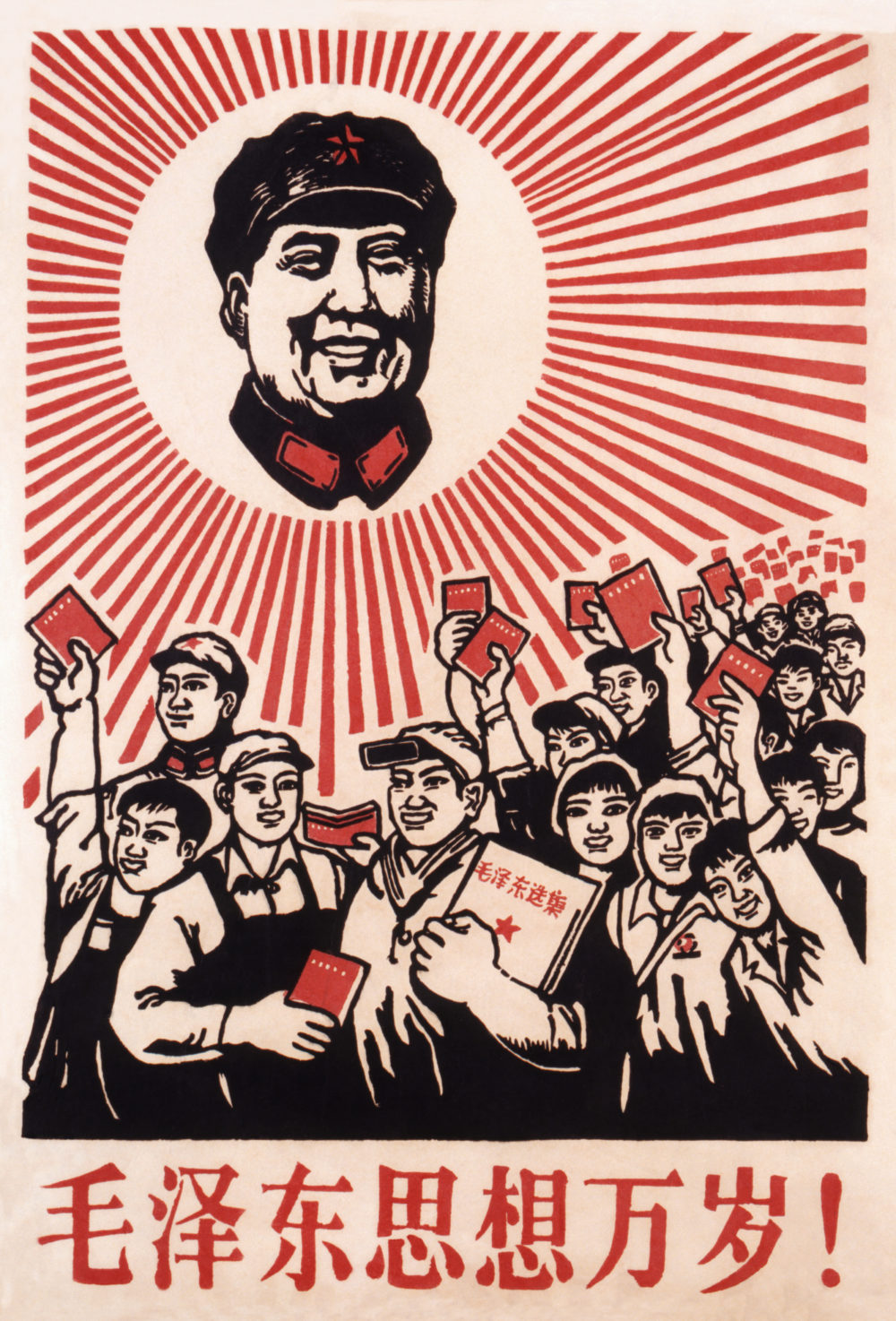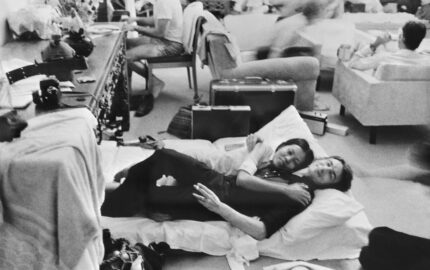Edgar Snow avoided grandiosity when he achieved one of the great scoops of the 20th century by hooking up with China’s Red Army in 1936. “I do not intend to pronounce the verdicts of history,” he said. Snow traveled by decrepit train, donkey caravan, and a wobbly horse along precarious hillside paths before reaching Mao Zedong, the peasant-born intellectual turned revolutionary living in two map-filled rooms whose only luxury was a mosquito net.
Outsiders debated whether Mao and his comrades were potential saviors of the world’s most populous country or “little Red devils” who were tools of the Communist regime in Moscow. Thus Snow’s modest goals for his months shadowing Mao and his troops: “What were the Chinese communists like, anyway?... Social prophets, or mere ignorant peasants blindly fighting for an existence? How did the Reds dress? Eat? Play? Love?... Was it a disciplined Army?” I read “Red Star Over China” in the mid-1960s when Mao had advanced a long way from hiding in a hut but still was—along with Snow’s pioneering portrayal—the object of worldwide debate. For a budding journalist, however, the lessons were clear: You had to get away from the comfort of the office, and steer clear of pontificating from afar, if you were going to serve your readers.
Red Star Over China
By Edgar Snow
Left Book Club, 1937
Excerpt
During my seven years in China, hundreds of questions had been asked about the Chinese Red Army, the Soviets, and the Communist movement. Eager partisans could supply you with a stock of ready answers, but these remained highly unsatisfactory. How did they know? They had never been to Red China.
The fact was that there had been perhaps no greater mystery among nations, no more confused an epic, than the story of Red China. Fighting in the very heart of the most populous nation on earth, the Celestial Reds had for nine years been isolated by a news blockade as effective as a stone fortress. A mobile Great Wall of thousands of enemy troops constantly surrounded them; their territory was more inaccessible than Tibet. No one had voluntarily penetrated that wall and returned to write of his experiences since the first Chinese soviet was established at Ch’alin in south-eastern Hunan, in November 1927.
Even the simplest points were disputed. Some people denied that there was such a thing as a Red Army. There were only thousands of hungry brigands. Some denied even the existence of soviets. They were an invention of Communist propaganda. Yet Red sympathizers extolled both as the only salvation for all the ills of China. In the midst of this propaganda and counter-propaganda, credible evidence was lacking for dispassionate observers seeking the truth.
Excerpt from RED STAR OVER CHINA by Edgar Snow, copyright © 1938, 1944 by Random House, Inc, © 1961 by John K. Fairbank, © 1968 by Edgar Snow. Used by permission of Grove/Atlantic, Inc. Any third party use of this material, outside of this publication, is prohibited.




